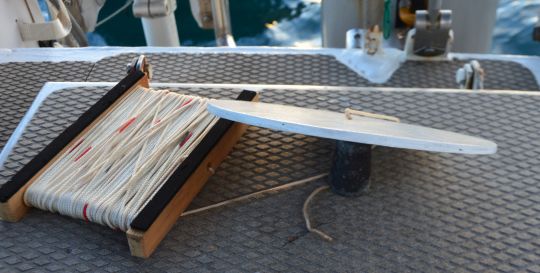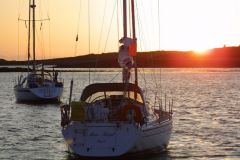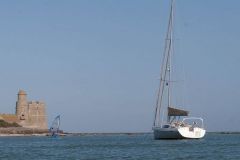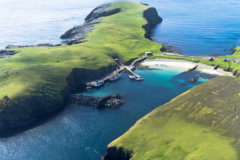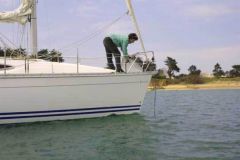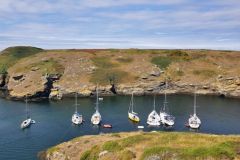The Secchi application is not new as it was implemented in 2013. As for the Secchi disk, it is one of the oldest measuring instruments in oceanography developed in 1865 by the astronomer Pietro Angelo Secchi and which allows to measure the clarity of sea water.
A participatory science project
The Secchi disk will allow all boaters to measure the concentration of marine phytoplankton, tiny organisms invisible to the naked eye that populate the surface of the oceans. This phytoplankton, through the phenomenon of photosynthesis (it transforms carbon dioxide into sugars to form the tissues of their bodies), creates 50% of the oxygen we breathe and is also at the base of the marine food chain. With global warming, scientists fear that these organisms are in decline, a phenomenon that could have consequences for all marine life.
How does it work?
The "Secchi" application is free and can be downloaded to your smartphone. It is in English, but very easy to use and understand. The location of your measurements is made from the phone's GPS - whether you have a network or not - the data can be read and recorded until you have an internet connection.
To be able to measure the phytoplankton concentration, you will need to be at anchor, have a sunny day and a calm sea, take the reading between 10am and 2pm, do not wear sunglasses and have a Secchi disk (you can buy it on the foundation's website www.secchidiskfoundation.org for £25 or make it yourself).
Attached to a tape measure, the Secchi disc is launched vertically and the depth at which the disc disappears is the measure of phytoplankton concentration, called the "Secchi depth". Be sure to indicate the measurement at the sea surface when you take your survey (not at deck level).
All of your individual measurements will contribute to the creation of a global database of phytoplankton and help science understand the impact of climate change on this environment. " This approach is also a good way to make the youngest people aware of our environment, marine biology, etc " says scientist Richard Kirby. On the application you can also note the water temperature and take a picture.
Please note that to use the application, you will first need to read the entire presentation (you will need to double-click on all the images to move to the next one and then allow you to enter your data).
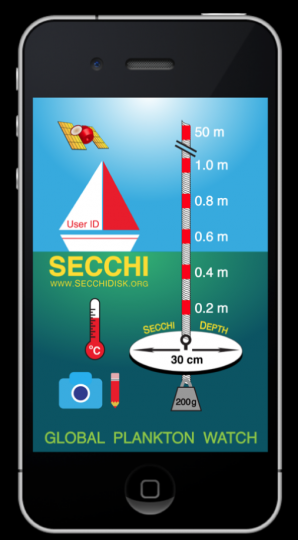

Scientific studies
The Secchi application was therefore created in 2013 by Dr Richard Kirby, a biologist based in Plymouth to collect data and increase knowledge of marine phytoplankton. Since its creation, there have been surveys at 3000 different gps points, "the more data we collect, the more refined the studies become."
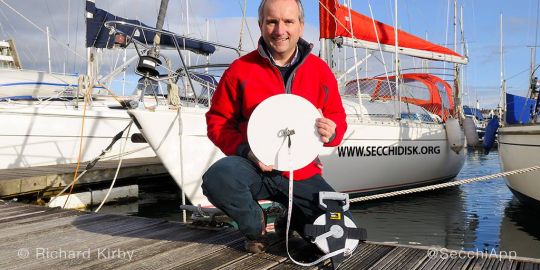
One of the goals of the application is to be able to collect data and compare it with historical data. A first study was carried out in 2017, 4 years after the launch of the Secchi application in order to refine the satellite data. The Secchi application makes it possible to collect more reliable information than satellite data, because the latter are simplified (vertical and horizontal biological and environmental heterogeneity is simplified) and underestimate the real value of depth.
"A second study is currently under way which will compare the data collected by citizens with that of scientists", says scientist Dr. Richard Kirby.
This map represents the data collected in Europe via the Secchi application. It is noticeable that we can help the research, because there are areas in France where no survey has been done yet.
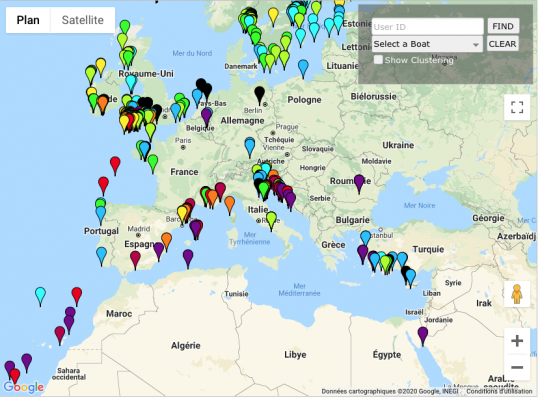
How do you make your own Secchi record?
Here is a simple method to create your own Secchi disk. You need a circular, flat, sturdy material with a diameter of 30 cm. White water-repellent paint if the material used is not already white. Drill a hole in the middle of the disc. Place a fishing sinker (200 grams) at the end of a fishing line and pass the line through the disc. Tie a knot over the disc. Then make the graduation in black every meter and in red every 5 meters! Now all you have to do is take the measurements!
